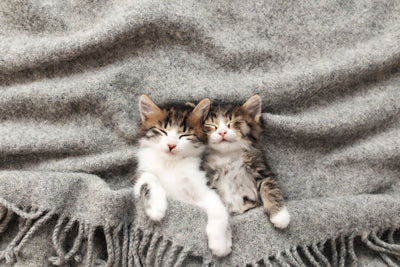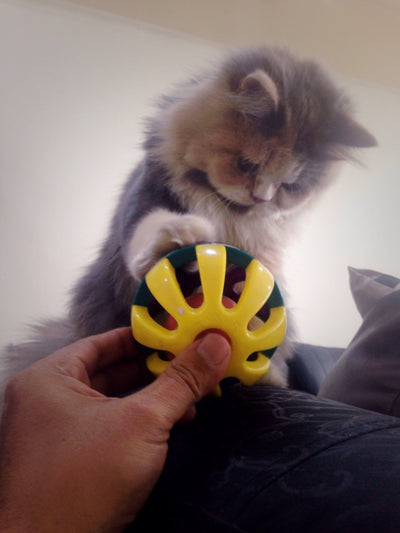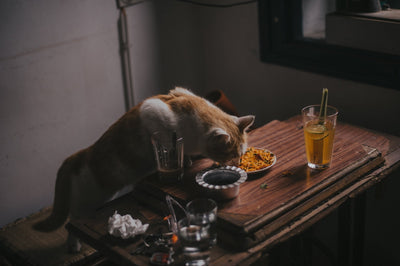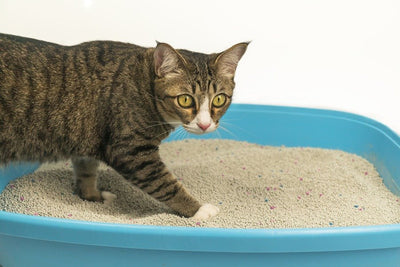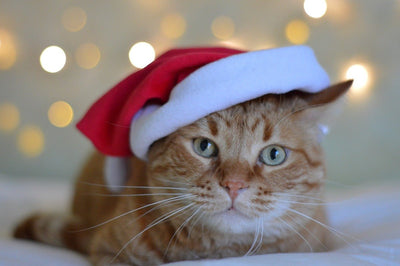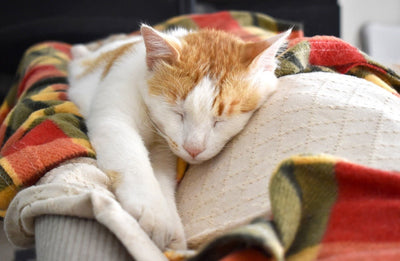Are Christmas Trees Poisonous to Cats

Are Christmas Trees Toxic To Cats
One of the greatest joys in life is sharing experiences with your animal companions. Of course, it can be challenging at times to adapt to all their quirky habits. If you share your home with cats, you know exactly what that means. Cats are curious investigators—if you bring something new into your home, you can be sure they’ll inspect it. So decorating a tree during the holiday season might be a bit more difficult with a feline in your home. A tall tree decorated with shiny objects may attract Cats and may even jump on them, knock them down, or make off with the decorations. Christmas trees present a dangerous temptation to cats.
Now, most cats aren’t going to find the taste of pine or fir to be appealing, but it likely takes a nibble for them to figure that out.
Sharp needles from certain species of trees can puncture tissues after they are swallowed. , this is painful and can be dangerous.
The resin, or sap, from pines and firs, is toxic to cats.
Cats love to climb into the tree
Cats love to climb into the tree and peer out at everyone from their new safe hiding spot. This isn’t an issue as long as they don’t eat anything while they are in there, get sap on their fur, or knock the whole thing over. Try getting an artificial tree so your cat. Secure your tree to prevent it from falling during curious feline exploration. The tree should be secured at the top and bottom. If you get a live tree, don’t give your cats access to the water basin at the bottom. Cats are very sensitive the pine oils and chronic ingestions could cause problems. If you see or feel sap on their fur wash it away immediately – if you don’t, they will, and for a cat that means eating the sap.
Pretty though it may be, tinsel is a common cause of feline bowel obstruction. After a cat ingests the tinsel they are unable to pass through its intestines. Once stuck, the cat tries to vomit it out but cannot and will need surgery to remove the blockage. Cat lovers may want to go tinsel-free or tinsel-light until they know if your cat can resist the shiny temptation.
Ribbon ingestion causes a linear or sting foreign body obstruction. This is a particularly dangerous type of obstruction because once stuck, the ribbon becomes taught and acts like a saw against the side of the intestine. Cats with this type of obstruction are good at hiding their illness and may continue to eat and drink for some time. Keep your presents stored away until the big day or shy away from wrapping them with long ribbons or wire-edged ribbons.
Cats will chew through light strands, which can cause electrocution. Cats who have been electrocuted will often have difficulty breathing and have burns in their mouth. If you come home to find a chewed cord bring the culprit immediately to the veterinary office for evaluation.
Signs of poisoning
The first signs of pine Christmas tree poisoning in cats include lethargic behavior and digestive issues, vomiting, and diarrhea. If your real Christmas tree has been sprayed with fertilizers and chemicals poisoning symptoms in cats can include changes in hunger, thirst, frequency or urination, discoloration of the gums, digestive stress, muscle weakness, drooling, and unusual breathing. See a vet immediately.
How you can avoid a holiday disaster
- Double-check your plant placement, as cats can jump high enough to reach plants placed out of reach. Consider keeping your holiday plants behind closed doors in rooms instead.
- Real trees can be great, but pine needles can be dangerous for cats who love to chew on foreign objects. If ingested, they can pose a serious health risk. You can find a fake tree that still looks realistic, and you can use it year after year.
- A smaller tree is safer for your feline friends, especially if they try to make sneak attacks on it. If the tree falls over, it’s less likely to hurt them—and it’ll be easier for you to decorate and clean up, too.
- If you have a real tree and the base has water in it, use a cover or tree skirt so your cat doesn’t have access to the water source, which can have adverse effects on your cat if drunk
- Barricade the Christmas tree with baby gates or pet gates. They're lightweight and easy to move. And they can be folded up and stored beneath beds between Christmases
- Consider using an anti-scratch spray to deter your cat from pawing at the tree.
- Most cats hate foil and citrus scents, so wrap your tree trunk in foil, and place a few lemons or orange peels around the base. You can also place pine cones around the base.
- keeping your tree away from launching zones, such as tables, chairs, and other places your cat usually climbs, and wrapping the tree base in foil or popping a sheet beneath it, as cats don’t like the feel of foil on their paws.
- Give your tree a good wash with the hose outside and let it dry off before bringing it.
- Place ornaments where it’s harder for your cat to reach them—at the top and toward the center of the tree (instead of on the ends of the branches).
- Tinsel may be cheap and flashy, but it’s a serious hazard to cats, who often can’t resist eating it and thus risk choking on it or getting it stuck in their intestines if they swallow it. Go for other types of the pretty decor instead, such as paper, wood, or vegan felt decorations, which are less tempting than the super-shiny stuff.
- Don’t risk using decorations such as real candles, small ornaments that your cat could choke on, or fake snow (which may contain harmful chemicals). And be sure to keep foods and plants that could be poisonous out of reach—or better yet, out of your house. These include chocolate, mistletoe, lilies, cyclamen, poinsettias, and amaryllises, among others.














































































































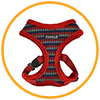


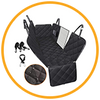















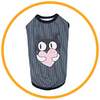







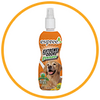

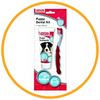
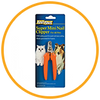
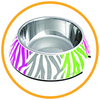




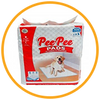
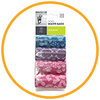
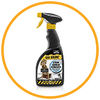


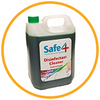


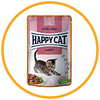
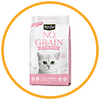



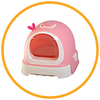

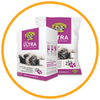
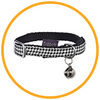
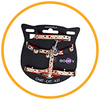

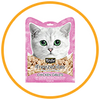
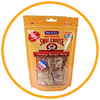
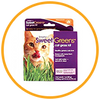
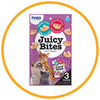
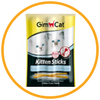






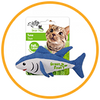
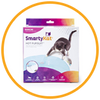
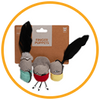

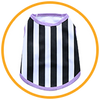
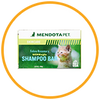

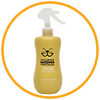

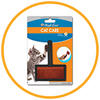
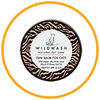

 Support
Support
 Account
Account Facebook
Facebook